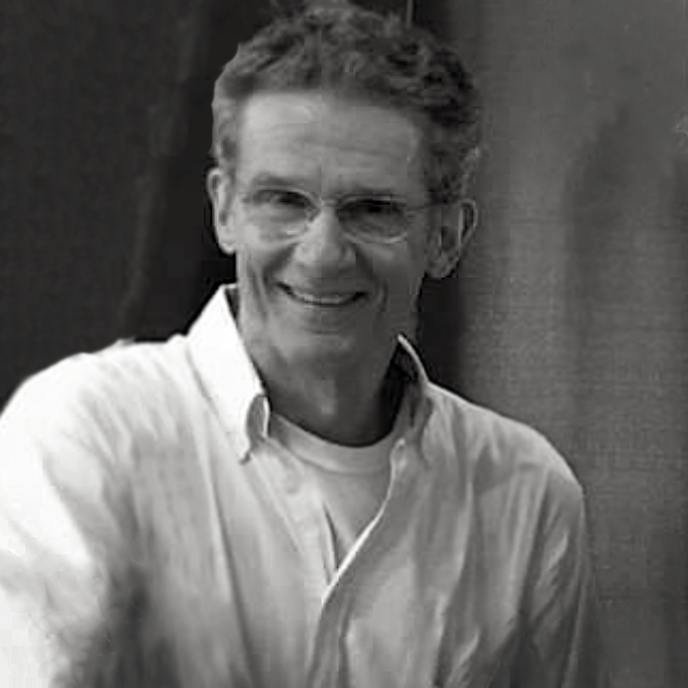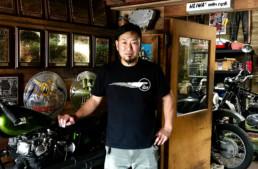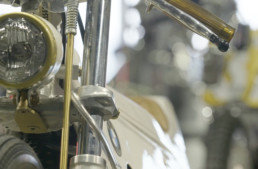Mark Huang’s Learning Curve – Building Custom Motorcycles in Taipei
The semi-tropical island nation of Taiwan might be small but custom motorcycle building in the capital city of Taipei is impressive. Mark Huang (Mark’s Motorcycles) has a noteworthy international reputation, and his work reflects the historical and cultural place of motorcycles in the country[1].
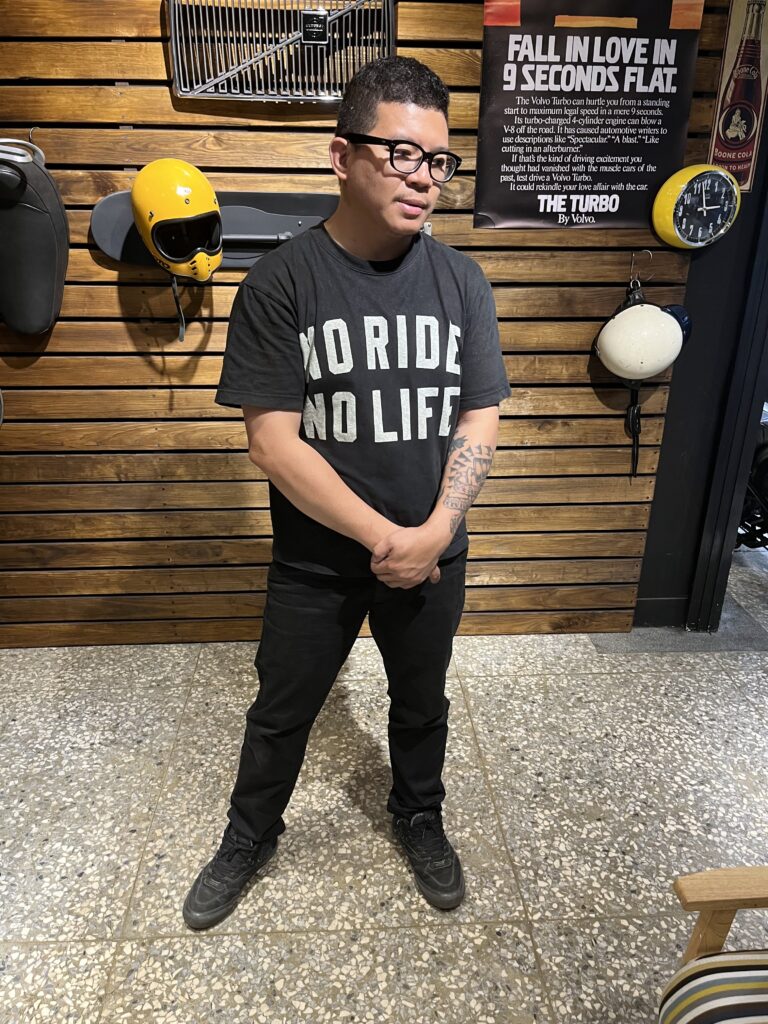
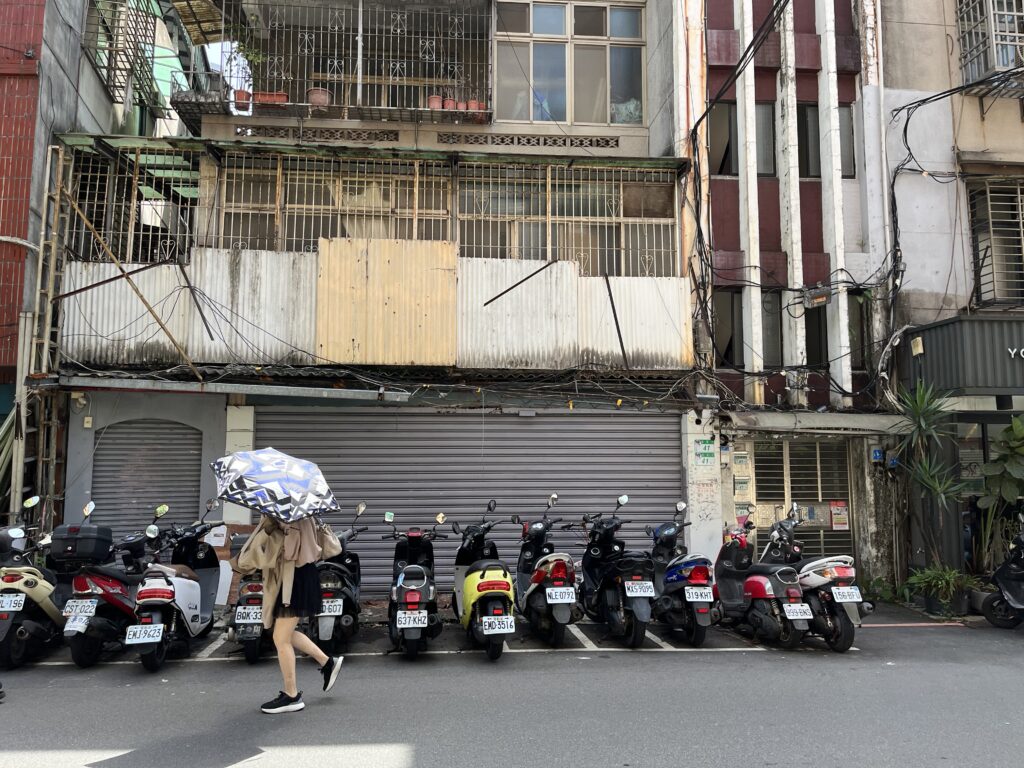
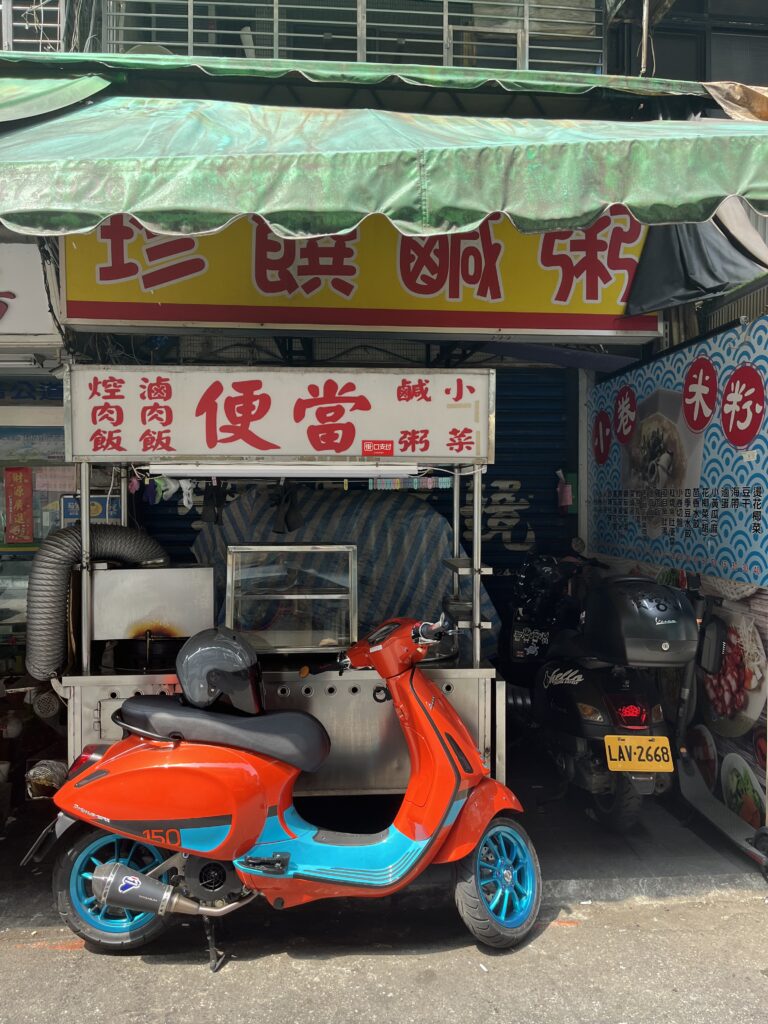
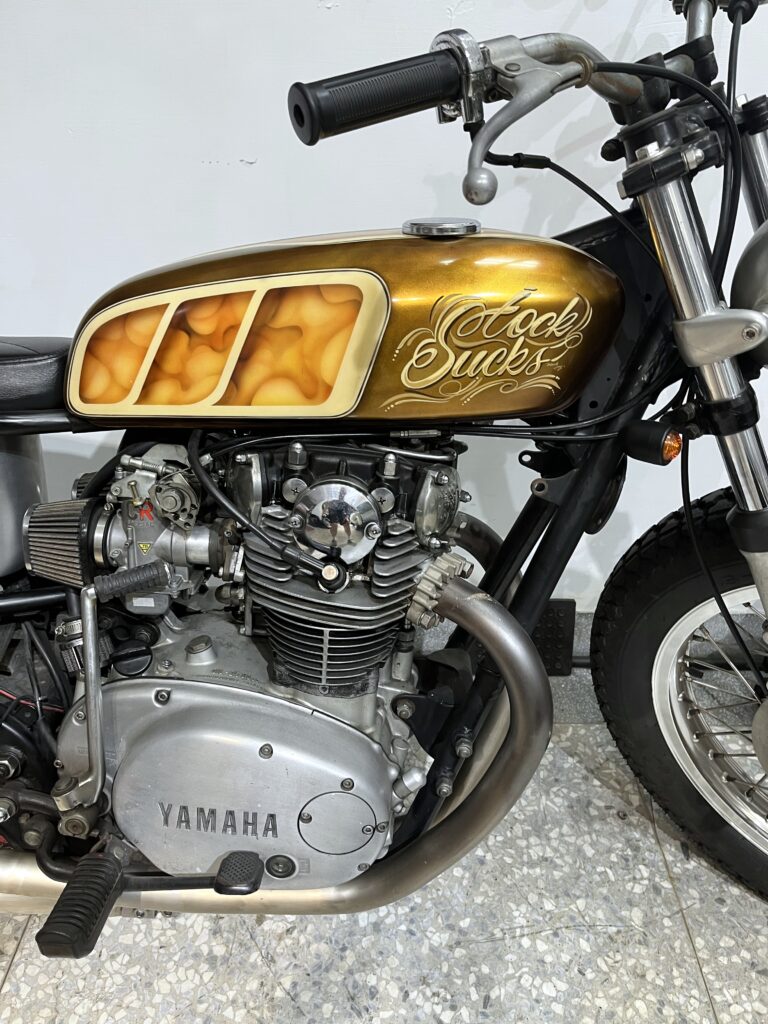
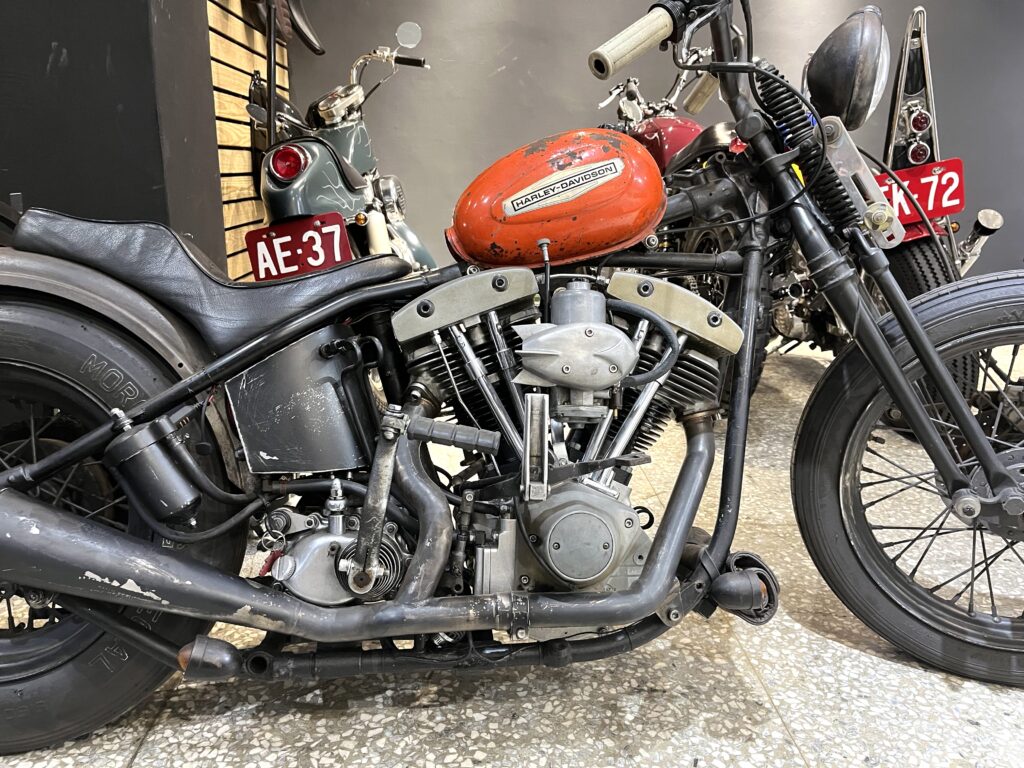
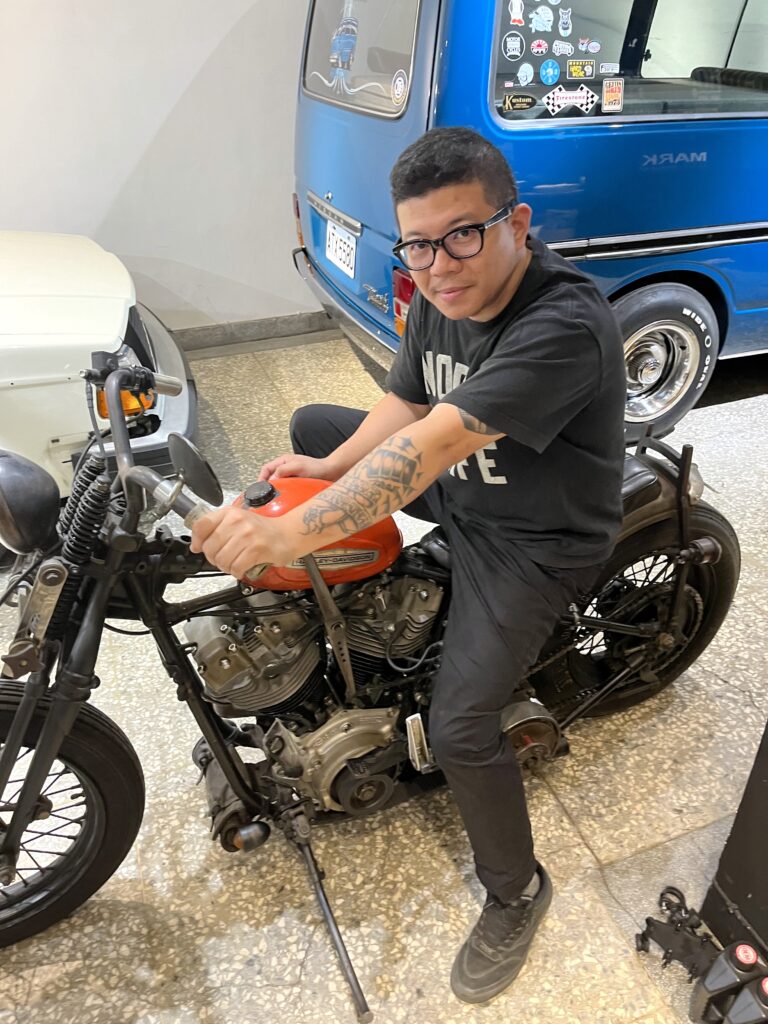
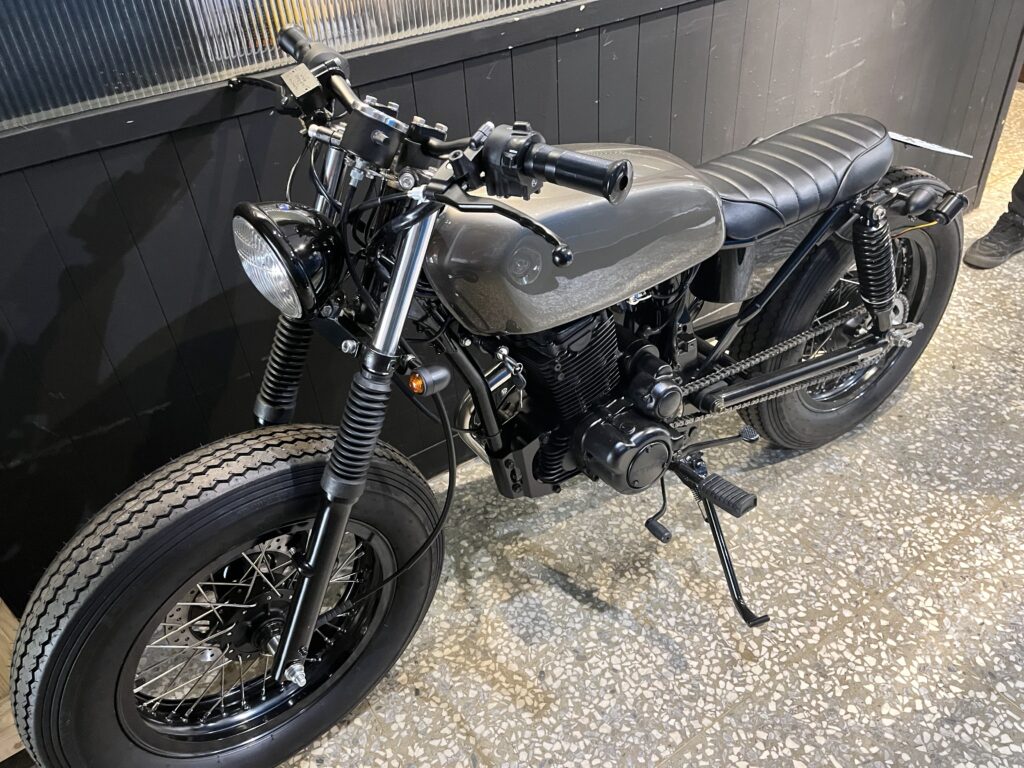
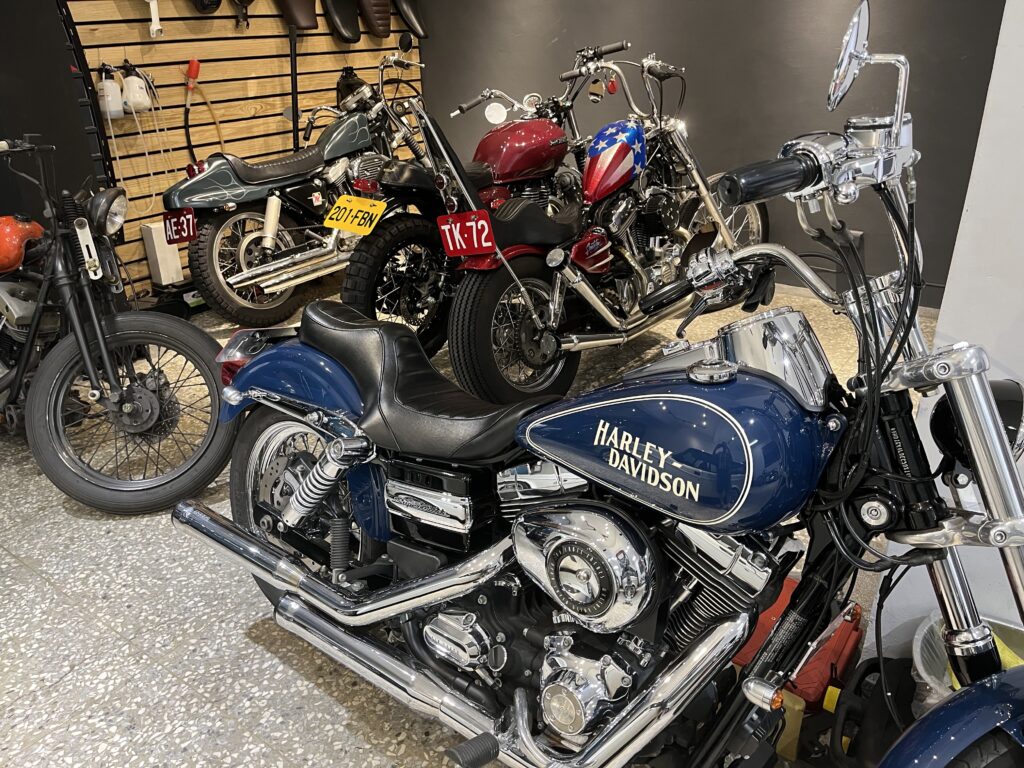
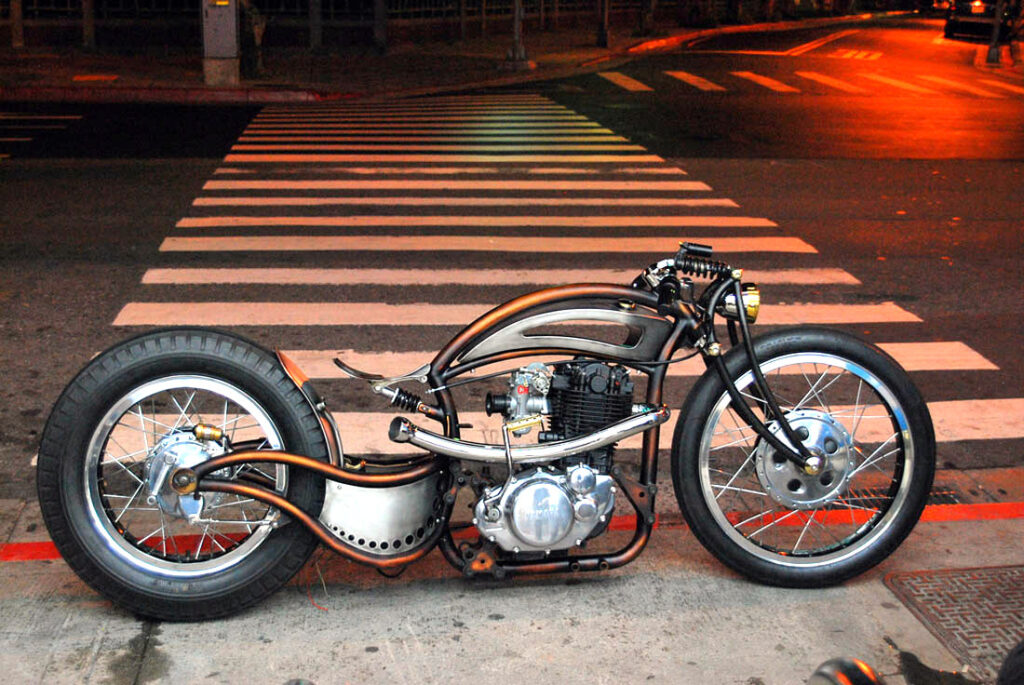
Thank you to my wife, Tzyy Jye for her help translating Mark’s interview.
[1] Two additional builders, Winston Yeh (Rough Crafts) and Qun Hong (One Hand Made) and a kustom painter Jeffrey Chang (Jeffrey’s Finishing Touch) are also key members of the Taiwanese Kustom community. Their work will be explored in future articles.
[2] Why are there so many scooters in Taiwan? David Wu 2019. In-depth analysis about the economics and culture of motorcycles in Taiwan.
[3] The Cost-Insurance-Freight (CIF) Import tariff of 24%, harbor charge of 0.0415%, Commodity tax of 17%. When you see a foreign bike parked on the street in Taipei, it represents an expensive proposition.
[4] The minimum age to drive a car in Taiwan is 18 as well as light and medium motorbikes (49cc to 249cc). The minimum age to ride large motorbikes (250cc-550cc and bigger) is 20 years old.
[5] It is estimated today that 50% of Harley Davidson Knucklehead engines are in Japan. The Knucklehead was manufactured from 1936-1947.
[6] In the United States the Kustom Kulture movement took decades to formalize into something tangible. Originally in Southern California the exploding post-WWII youth population refashioned old throw-away cars and bikes into new creative statements. Today in Taiwan, the youth population does not have the power to reshape public opinion about the creative potential of customizing.
